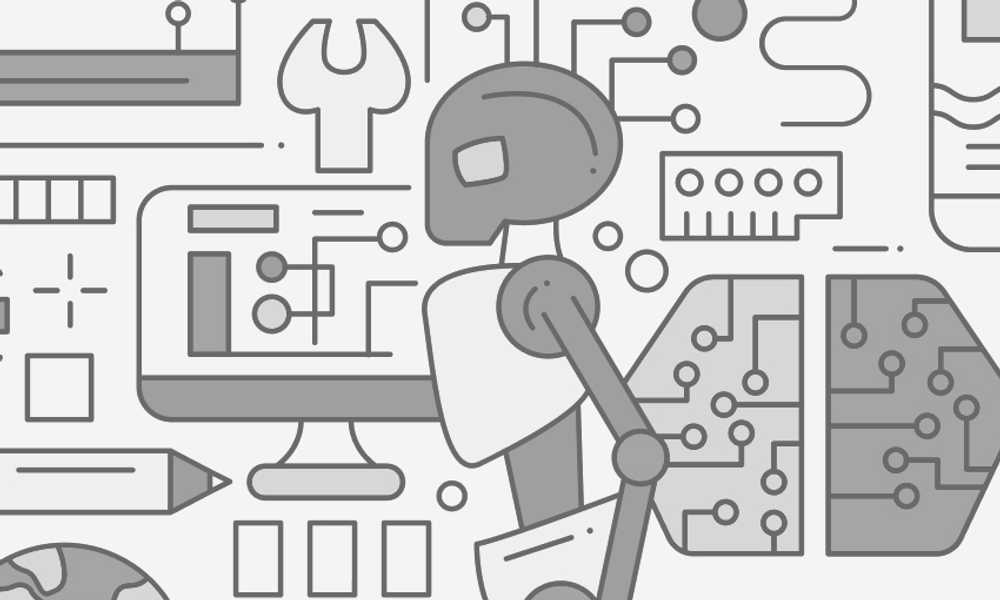Digital Pollution: Understanding the Repairability Index to extend the life of hardware
When it comes to reducing the digital pollution we emit and increasing the positive impact of our digital uses, we often don't know where to start. When it comes to hardware lifespan, it is impossible to ignore the reparability index.
According to the ADEME: 13% of French people declare that their device has broken down in the last 2 years and 89% are looking for information on repairing it: the cost of repair, the cost and availability of spare parts, the way to repair it, the contact details of professionals.
Almost half of the French repair or have repaired their products when they break down: on the one hand 55% repair them themselves and on the other hand, 45% turn to a professional (17% independent repairer, 15% store after-sales service, 9% large-scale distribution or approved manufacturer, 4% SSE company).
Because at 78% for economic reasons, it costs much less and at 77% because the consumer realizes a responsible and ecological action, they have the feeling to have had a responsible behavior (and we congratulate them, bravo to you!)
But what is the reparability index?
It is a score ranging from 0 to 10, assigned to electronic devices marketed in France since January 1, 2021, with the aim of raising consumer awareness on the fact that it is possible to extend the life and use of devices. Especially by directing their behavior towards products that are much more repairable, while encouraging them to repair their equipment and allowing them to compare different products to make the right choice.
Whether in stores or on the Internet, the index logo must be present on the product, its packaging or on its product sheet.
A product is rated from 0 to 10 (10 being an excellent rating on its reparability) and accompanied by a simple color code that goes from red (non-repairable products) to green, which are repairable products.
Which products are concerned?
Currently, 5 types of appliances are concerned: smartphones, laptops, TVs, washing machines and lawnmowers!
How is the reparability index calculated?
Jean Paul Ventere was part of the team that developed the method for calculating the index. After a 39-year career with the French Ministry of Ecological Transition, he is now putting his expertise at the service of companies. Ophélie BAGUET, who is an expert in responsible communication, also participated in the construction of the index.
In addition, a group of interests of companies, manufacturers, distributors, consumer associations and finally professionals of the repair, have all together found 5 criteria :
Documentation (how to repair it if it breaks down and do we have the tools for?) + (exploded views, manual, diagrams and instructions)
Accessibility for disassembly and tools: how to fix it if it breaks down and do consumers have the tools to do it (by the way, have you ever looked at the underside of your computers, phones, TVs? We invite you to look if your products can be easily dismantled ;)
The availability of spare parts but especially the price of spare parts (is it more favorable to repair your product or to buy a new one?) and specific criteria depending on the product. According to the ADEME, if the price of repair is higher than 30% of the purchase value of the product, generally, the consumer will not repair it
Specific criteria: type of assistance by the manufacturer, usage counter (on washing machines), possibility to reprogram the appliance
The ADEME and the Ministry of Ecology have set up a directory that lists 120,000 professionals, whose objective is to extend the life of objects.
Could this be a way to fight against programmed obsolescence?
Yes, it is! By allowing the consumer to choose an appliance that is more easily repairable, we delay programmed obsolescence, which is a set of techniques to voluntarily reduce the lifespan of a product in order to change it more easily.
Did you ever notice that our products work much less long than those of 20 years ago?
By fighting against this obsolescence, the natural resources necessary for their production are protected or at least preserved.
"By 2024, the anti-waste law for a circular economy plans for this index to become a sustainability index, including the addition of new criteria such as the robustness or reliability of products."
Next step: calculation of the environmental impact index for any digital device?
Some figures on the reparability index ...
Author : Clémence Marin
To go further ...
